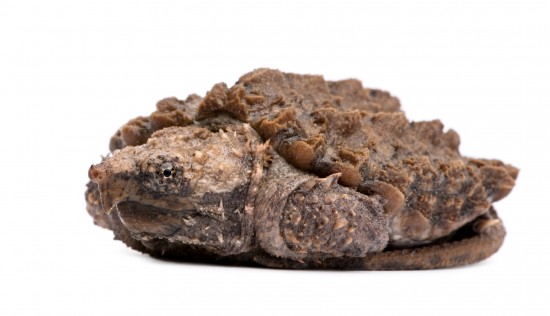
Before you can learn to take care of fleas and, you have to know where the pet picked them up and the lifestyle of both insects. Fleas are typically related to warm, humid, and wet climates, such as ponds, lakes, mud puddles, and grassy, wooded areas. For ticks you are going to find a warm, humid or dry climate with a lot of woods is the best place for any dog or cat to come home with a traveling friend. Ticks generally live in trees and plants, which means when a dog or cat jumps into the plant, the tick jumps ship in favor of a live host.
How can you tell if your pet is afflicted? First, a dog or cat with fleas is going to be scratching a certain area more frequently. It could be the ear, back of the neck, leg, or their back. You may not notice the presence of fleas or ticks until you yourself are bitten and develop tiny red welts that will itch. To locate ticks on your pet, an in-depth look is required. Most ticks will hide near the ears, back of the neck or back梩hey tend to go for soft skin areas. They will get under the fur and then bury their heads under the skin. To find these critters, you have to move aside the hair and slowly comb through. Fleas can usually be noticed while the pet is scratching, as the fleas will jump to a different area of their host.
Fleas and ticks develop rather quickly from larvae to adults. They will sprout young on a pet and therefore can be very dangerous. Ticks can actually pass on heartworms in the bloodstream that they are carrying around as well as Rocky Mountain Spotted Fever.
If you live in an area prevalent for the insects, you should administer a medicated treatment every month. The medication is topical, meaning it is applied to the skin rather than ingested. There are also flea and tick collars that are moderately helpful in keeping the ticks and fleas away. Once a dog or cat has been infected with fleas you will need to give them a bath using a flea/tick shampoo or powder. Read the label to determine if it is intended for your animal (cat, dog, etc.) and whether there is an age limit for your pet, as some cannot be used on pets younger than 3 months. This bath should be done outside if possible to avoid contamination of the home. With ticks, you will find prevention is the best, but if a pet does have a tick, there are a few methods of removal. Alcohol, vinegar, or other acidic solutions will burn the tick and the head will come loose from the skin. At this point you can use tweezers or a similar instrument to completely remove the tick.
 Snapping Turtles A Prehistoric Monster In Your Tank
Snapping Turtles
Snapping Turtles A Prehistoric Monster In Your Tank
Snapping Turtles
 Sea Water Is Poisonous To Dogs
Sea Water Is Pois
Sea Water Is Poisonous To Dogs
Sea Water Is Pois
 The Role Of Breed Clubs In The Improvement Of Pedigree Dog Breeds
The Role Of Breed
The Role Of Breed Clubs In The Improvement Of Pedigree Dog Breeds
The Role Of Breed
 What Dog Shelter Adoption Fees Cover, And Why They Are Charged
What Dog Shelter
What Dog Shelter Adoption Fees Cover, And Why They Are Charged
What Dog Shelter
 Identifying The Elements That Contribute To A Puppy Growing Up To Be Aggressive
Identifying The E
Identifying The Elements That Contribute To A Puppy Growing Up To Be Aggressive
Identifying The E
Copyright © 2005-2016 Pet Information All Rights Reserved
Contact us: www162date@outlook.com